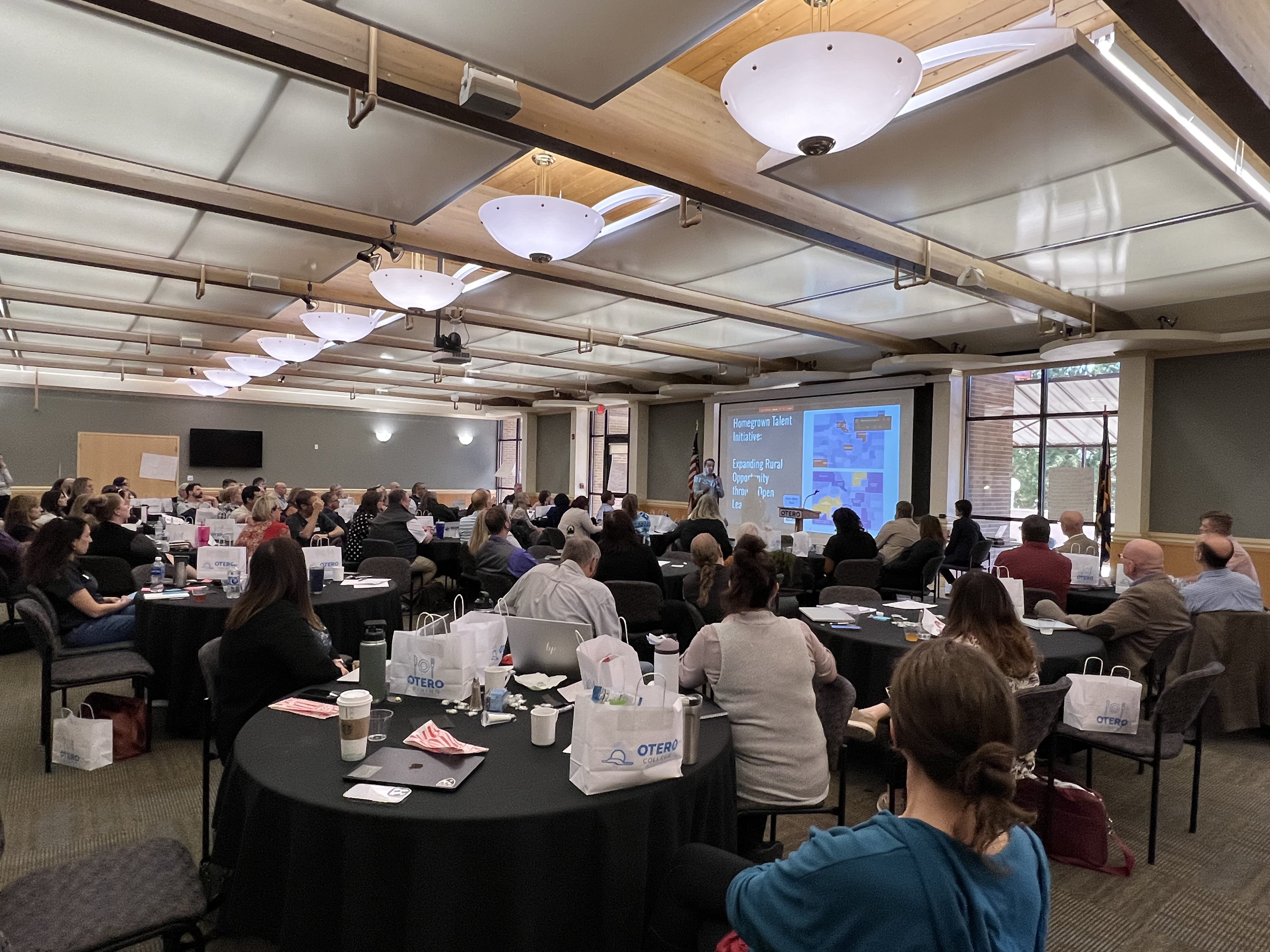By Mordecai Ian Brownlee, President, Community College of Aurora
Over the course of nearly five years, I had the opportunity to serve one of the most storied community colleges in the nation, St. Philip’s College (SPC) in San Antonio, Texas. Founded in 1898 as a cooking and sewing school for emancipated female slaves, SPC is federally designated as a Historically Black College and University and Hispanic Serving Institution. I served this institution as its vice president for student success from August 2016 until August 2021, when I became the sixth president of the Community College of Aurora (CCA) in Colorado. Founded 38 years ago as the “college without walls,” the Community College of Aurora began from humble beginnings without its own facilities due to state budget constraints. CCA is now well-positioned to serve as the next generational leader in higher education designed for equitable student success.
In reflection of my journey towards the presidency, I recall my 15 years as a dedicated student affairs professional and vividly remember the various challenges and hardships faced by many of my colleagues on the institutional front lines. The Covid-19 pandemic has undoubtedly served as a disruptor in academia and, as a result, our institutions have been impacted in an array of ways. Our colleges are dealing with growing talent shortages and the subsequent need to redesign student experiences to accommodate these extraordinary realities. As for student affairs professionals, community colleges all over the nation are experiencing the burnout and resignations of key individuals in areas such as academic advising, residential life, student life and admissions.
Here are some ways to better support your college’s student affairs division through the pandemic and beyond.
Advancing Institutional Impact Through Understanding
Student affairs, while deeply critical to the advancement of the institutional mission, too often finds itself absent from the executive table. Broadly speaking, other than enrollment and/or regulatory (i.e. Title IX, Civil Rights, etc.) responsibilities, the criticality of the various roles served within student affairs fails to either be known, understood or respected.
Consequently, the unique challenges and realities faced by these educators are not realized and decisions from the executive level therefore create collateral damage unintentionally. It is imperative for presidents to fully understand their student affairs departments are not levers that can be pulled at any given time to achieve a key performance metric of the institution. These are dedicated professionals who deserve to be honored and valued for the service they provide our students, and the college community. Remember to engage, embrace and include them.
Advance Technology Utilization and Innovation Universally
In March 2020, higher education changed forever. Covid-19 forced institutions to rethink their respective approaches to student service, instruction and support. Approaches once held to only be effective in face-to-face settings, in many cases were no longer an option. This paved the way for advanced integrations of technology and new innovations in the student experience. However, as society has appeared to return to some resemblance of the pre-Covid era and community colleges around the country have reopened their doors, student affairs professionals have not universally been given the same hybrid and online working accommodations as some of their counterparts.
Some may argue that many student affairs roles are face-to-face critical. However, it is important to separate ideology from fact.
To remain relevant in a society that expects responsiveness and flexibility, institutions must embrace the realization that the service and support expectations of our students have been impacted through this crisis beyond a point of return. This should not be interpreted that I am advocating for consumerism in the classroom. Absolutely not. A student’s journey towards the attainment of assessed learning outcomes must be earned through inclusive and proper pedagogy that ultimately transforms the student towards their intellectual and professional betterment. However, the services and supports provided to the student along their journey should match, if not exceed, the service standards that society provides in other mediums.
It just so happens that many of these services and supports for students reside within student affairs. I encourage my fellow presidents to envision the future of student success and equitably implement alternative work scheduling and remote/hybrid integrations universally throughout their institutions. Doing so will unlock new breakthrough opportunities for student success.
Build Pathways, Not Walls
Now, more than ever, I encourage community college presidents to evaluate the current communication flow, infrastructure and process design, and culture of their institutions. What you may find is more walls than pathways.
As educators committed to the empowerment of our diverse communities served, we understand the criticality of removing barriers that would prohibit the success of our students. But have we applied such commitment to the advancement of our own college personnel and work communities? Institutional integrity requires presidents to cultivate institutions that not only serve students in the advancement of the college’s mission, but also support faculty, instructors and staff in the advancement of the mission.
Particularly within student affairs, aim to discover new means of how to provide support, professional growth and career advancement. Ensure that your student affairs division has a pathway directly to the president to deepen the understanding of the institutional vision, mission and strategic plan. Presidents must make themselves available to share their institutional priorities and create opportunities for inclusive dialogue that welcomes varying perspectives.
Higher education has evolved in many ways over time. In some regards, though, our preferences and practices within the academy have not. Presidents leading our nation’s community colleges in this next era should aim to eradicate institutional silos and ensure equity, collaboration and inclusion throughout the institution while creating a nurturing learning and service environment for the entirety of the college community. Our students and communities are depending on us, and your student affairs division is critical to institutional mission success.


